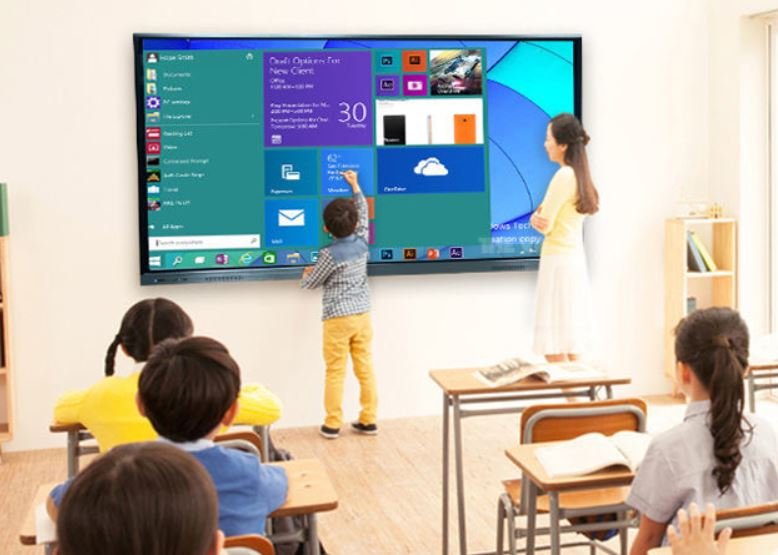Education is undergoing a digital transformation, and one of the key technologies driving this change is digital signage. Digital signage refers to the use of digital displays to deliver dynamic content, including images, videos, and interactive elements, in educational settings. From classrooms to campuses, digital signage is revolutionizing the way information is communicated, enhancing learning experiences, and fostering student engagement. Here’s how digital signage technology is innovating education:
1. Dynamic Information Delivery
Digital signage for education enables educators to deliver information in a dynamic and engaging manner. Instead of static posters or bulletin boards, digital displays can showcase dynamic content that captures students’ attention and reinforces key concepts. Whether it’s displaying daily announcements, showcasing student work, or providing real-time updates on school events, digital signage makes information more accessible and engaging for students.
2. Interactive Learning Experiences
One of the most significant benefits of digital signage technology is its ability to create interactive learning experiences. Touchscreen displays allow students to interact with content directly, enhancing their engagement and facilitating active learning. Interactive quizzes, educational games, and multimedia presentations can be incorporated into digital signage displays to make learning more interactive and immersive.
3. Visual Reinforcement of Learning Objectives
Visual aids are essential for reinforcing learning objectives and improving retention. Digital signage allows educators to visually reinforce key concepts through multimedia content such as videos, animations, and infographics. By incorporating visual elements into their lessons, teachers can cater to different learning styles and make complex topics more accessible and understandable for students.
4. Timely Communication and Alerts
Digital signage provides a platform for timely communication and alerts within educational institutions. Emergency alerts, schedule changes, and important announcements can be displayed instantly on digital signage screens, ensuring that students, faculty, and staff receive critical information in a timely manner. This improves safety and facilitates effective communication across the campus.
5. Campus Wayfinding and Navigation
Navigating large campus environments can be challenging for students and visitors. Digital signage technology can be used to provide wayfinding and navigation assistance, helping users easily locate buildings, classrooms, offices, and other points of interest. Interactive maps, directional arrows, and location-based information can be displayed on digital signage screens to guide users to their destinations efficiently.
6. Integration with Student Information Systems
Digital signage technology can be integrated with student information systems to display personalized information for students, such as class schedules, exam reminders, and campus events. By connecting digital signage displays with student databases, educational institutions can deliver targeted and relevant content to individual students based on their specific needs and preferences.
7. Sustainability and Cost-Efficiency
Replacing traditional paper-based signage with digital displays offers sustainability benefits and cost savings in the long run. Digital signage reduces the need for printing and distributing paper materials, resulting in less paper waste and lower printing costs. Additionally, digital displays can be updated remotely, eliminating the need for manual updates and reducing maintenance expenses.
Conclusion
Digital signage technology is transforming education by providing innovative ways to deliver information, create interactive learning experiences, and enhance communication within educational institutions. By leveraging the power of digital signage, educators can engage students, improve learning outcomes, and prepare them for success in the digital age.
